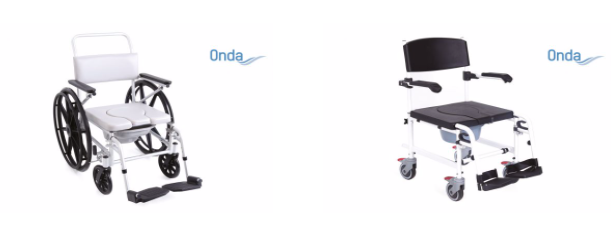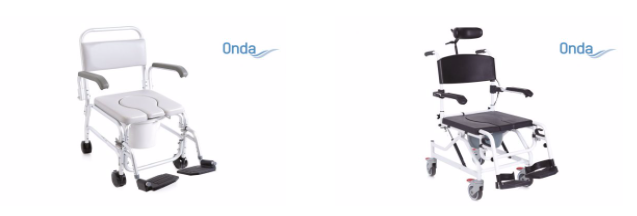Helping the elderly and people with motor disabilities when they are in the bathroom is one of the most critical and sensitive phases.
Assisting an elderly person to carry out their personal hygiene routine in total safety is by no means easy, either.
There are electric sockets, tiles that could be slippery in the damp conditions, the problem of getting in and out of the bath or shower, or using the toilet in complete safety.
When the ability to move independently decreases, it is therefore a good idea to discover what bathroom aids are available on the market, and also to find out which transfer and support methods are the best suited to the specific needs of the person with a disability.
Helping our loved ones in the bathroom is a particularly sensitive subject. It is important to encourage and support the use of aids to help the elderly and people with disabilities to be as independent as possible in their personal hygiene routine.
Our help, or the help of a specialised caregiver, should be provided with sensitivity and respect for their privacy, and only when strictly necessary.
In cases where the loss of independent movement is greater, it is worth identifying, with the support of specialised personnel, the most suitable aids and the safest routines with which to help our loved ones.
One type of aid that offers complete support in the bathroom is WC and shower commode seats on wheels.
WC and shower commode seats
 Commode seats are formed of an aluminium frame and a seat and backrest in padded PVC, tension-adjustable mesh or PU, for greater comfort.
Commode seats are formed of an aluminium frame and a seat and backrest in padded PVC, tension-adjustable mesh or PU, for greater comfort.
They are versatile and multi-purpose aids that accompany the patient in the shower or in use of the toilet, due to a hole on the seat with an extractable bucket.
 WC and shower commode seats can also have extractable or detachable armrests and backrest, self-propelled or transit frame and side-tipping footrests that are extractable and adjustable in length.
WC and shower commode seats can also have extractable or detachable armrests and backrest, self-propelled or transit frame and side-tipping footrests that are extractable and adjustable in length.
What differentiates them, besides the overall dimensions, which must be considered carefully in relation to the size of the door and the available space in the bathroom, is the type and size of the wheels. Castors, with brake and with a diameter between 10 and 20 cm, or with 62 cm self-propelled rear wheels.
 It is also important always to consider carefully the physical characteristics of the intended user of these seats, after consulting specialised medical personnel. It may be, for example, that a seat with a greater maximum load capacity is needed (up to 200 kg).
It is also important always to consider carefully the physical characteristics of the intended user of these seats, after consulting specialised medical personnel. It may be, for example, that a seat with a greater maximum load capacity is needed (up to 200 kg).
Click here for more information on the Onda WC and shower commode seats in the Mopedia range.










